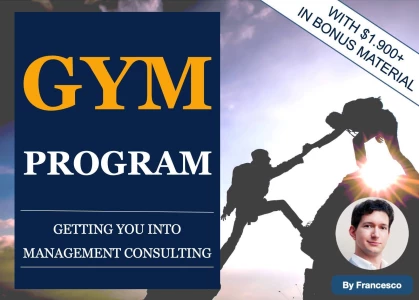Currently preparing for McKinsey interviews. I realized that I struggle and tend to panic when an exhibit in a case is given to me.
I can't seem to make good insights during these times, especially when it comes to interpreting charts and large data sets. I also find it difficult to connect exhibits together and tie them back to the main objective of the case. What resources should I use to improve on this?

















